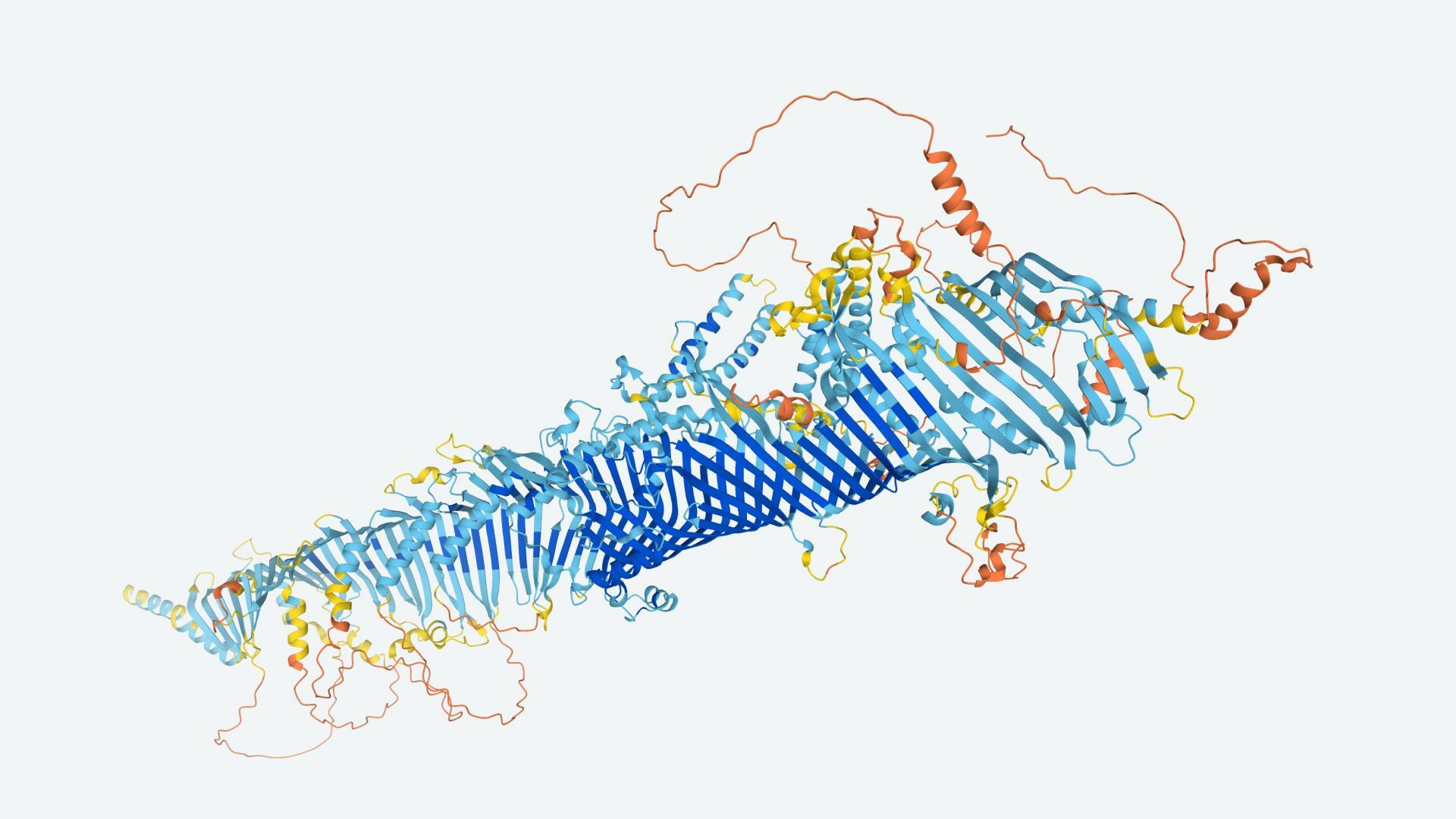In a ground-breaking development, Microsoft has unveiled EvoDiff, a new open-source framework that leverages artificial intelligence (AI) to generate novel proteins. This innovation has the potential to revolutionize the field of protein engineering, paving the way for the development of new therapeutics, drug delivery methods, and enzymes for industrial chemical reactions.
Key Takeaway
Microsoft introduces EvoDiff, an open-source framework that leverages AI to generate proteins solely based on their sequence. This revolutionary approach to protein engineering eliminates the need for structural information, opening up new possibilities for therapeutics and industrial applications.
The Current Challenges in Protein Design
Proteins play a critical role in cellular functions and understanding their intricacies is key to unraveling the mechanisms behind various diseases. However, the process of designing proteins in the laboratory has traditionally been complex and resource-intensive. It entails determining the protein structure and finding a compatible amino acid sequence to ensure proper folding and functionality.
Microsoft’s EvoDiff framework simplifies this process significantly by eliminating the need for structural information about the target protein. Unlike other protein-generating frameworks, EvoDiff focuses solely on the protein sequence, making it a versatile and efficient tool for protein engineering.
The Power of EvoDiff
At the heart of EvoDiff lies a cutting-edge, 640-parameter model that has been trained on comprehensive data from various species and functional classes of proteins. This model learns to gradually subtract noise from an initial protein composed primarily of noise, moving step by step towards generating a protein sequence.
One of the key advantages of EvoDiff is its ability to generate diverse and high-fidelity proteins without relying on protein structure. This approach opens up exciting possibilities for designing proteins based solely on their sequence, expanding the scope of protein engineering beyond the traditional structure-function paradigm.
Unleashing the Potential of Protein Engineering
EvoDiff’s potential applications are vast. The framework can create enzymes for therapeutics, drug delivery, and industrial chemical reactions. Additionally, EvoDiff is capable of filling in gaps in existing protein designs, generating amino acid sequences that meet specific criteria.
Notably, EvoDiff operates in “sequence space”, allowing it to synthesize disordered proteins that do not fold into a fixed three-dimensional structure. These disordered proteins are important in biology and disease, as they can modulate the activity of other proteins.
Future Implications and Further Research
Although EvoDiff’s research is yet to undergo peer review, Microsoft’s team of experts acknowledges the need for further scaling and refinement. The current 640-million-parameter model shows promising results, but the framework could potentially achieve even higher generation quality with billions of parameters.
Microsoft anticipates conducting extensive lab tests to assess the viability of the proteins generated by EvoDiff. These experiments will provide crucial insights for advancing the next generation of the framework, ensuring its potential real-world applications.

























